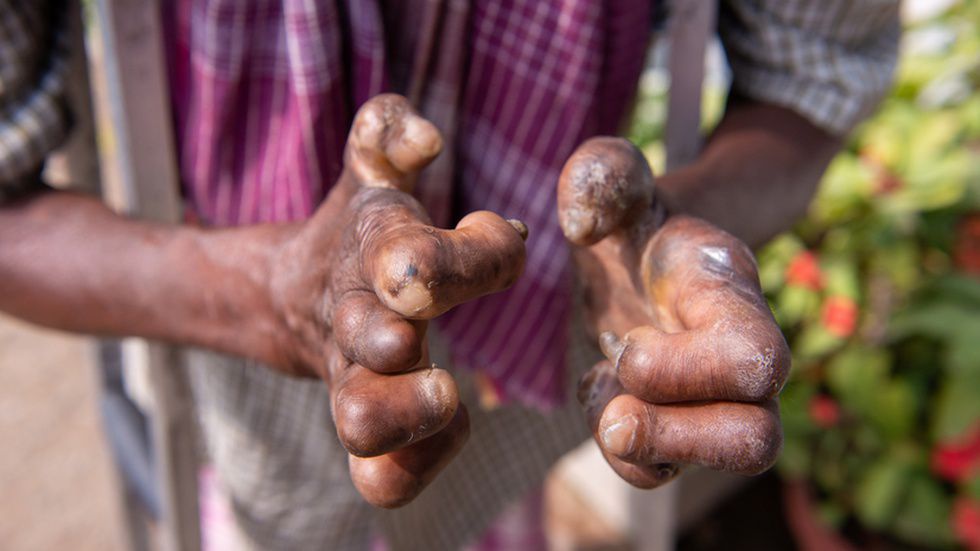According to a report eight people were diagnosed with leprosy in Portugal between 2023 and 2024, after laboratory confirmation by the National Institute of Health Ricardo Jorge (INSA).
The data contained in the INSA report on INSA tuberculosis laboratory surveillance, prepared by the infectious diseases department, adds that laboratory tests made it possible to diagnose four patients in 2023 and four in 2024.
“All these patients had a compatible epidemiological context, namely, travel history, coming from endemic regions of Brazil and Asia or cohabiting with patients previously diagnosed with leprosy.”
According to INSA, recent advances have allowed the development of a molecular diagnostic method for the early detection of cases, essential for controlling the spread of leprosy and improving clinical outcomes. Since 2023, INSA’s National Mycobacteria Reference Laboratory has had this diagnostic method available, with the number of requests for laboratory confirmation of disease cases increasing since then.
“The number of requests has been increasing, and molecular diagnosis by PCR allowed laboratory confirmation of the disease of eight patients,” the report said.
Leprosy, caused by M. leprae, is a chronic disease that, despite advances in its control, has registered an increase in the number of cases worldwide, particularly in regions with vulnerable health infrastructures.
INSA also points out that, according to the current guidelines of the World Health Organisation (WHO), systematic prophylaxis or isolation of the patient is not recommended, but rather early diagnosis and appropriate treatment with multidrug therapy, in order to prevent complications and transmission of the disease.
Traditionally, the diagnosis of leprosy was carried out by sputum smear microscopy, a method with limited sensitivity, that often only detected more advanced potentially infectious stages.
The disease, which affects the skin, peripheral nerves, upper respiratory tract mucosa, and eyes, is curable and treatment in the early stages can prevent disability.
According to WHO data, leprosy still occurs in more than 120 countries, with about 200,000 new cases reported each year, but this figure is gradually decreasing.
Samantha Gannon
info at madeira-weekly.com
Photo: JM



